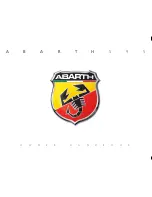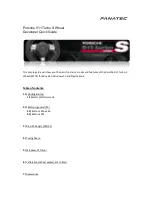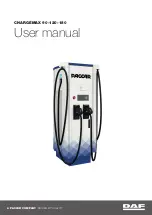
ROOF RACKS AND LOAD CARRIERS (IF EQUIPPED)
WARNING:
When loading the roof rail crossbars, it is recommended
to evenly distribute the load, as well as maintain a low center of
gravity. Loaded vehicles, with higher centers of gravity, may handle
differently than unloaded vehicles. Extra precautions, such as slower
speeds and increased stopping distance, should be taken when driving a
heavily loaded vehicle.
Note:
The maximum recommended load is 100 pounds (45 kilograms),
evenly distributed on the crossbars.
Note:
Loads should never be placed directly on the roof panel. The roof
panel is not designed to directly carry a load.
For proper function of the roof rack system, loads must be placed directly
on crossbars affixed to the roof rack side rails. Your vehicle may be
equipped with factory-installed crossbars. Ford Genuine Accessory
crossbars, designed specifically for your vehicle, are also recommended for
use with your roof rack system.
Ensure that the load is securely fastened. Check the tightness of the load
before driving and at each fuel stop.
LOAD LIMIT
Vehicle Loading – With and Without a Trailer
This section will guide you in the proper loading of your vehicle and/or
trailer, to keep your loaded vehicle weight within its design rating capability,
with or without a trailer. Properly loading your vehicle will provide
maximum return of vehicle design performance. Before loading your vehicle,
familiarize yourself with the following terms for determining your vehicle’s
weight ratings, with or without a trailer, from the vehicle’s Tire Label or
Safety Compliance Certification Label:
Base Curb Weight
– is the weight of the vehicle including a full tank of
fuel and all standard equipment. It does not include passengers, cargo, or
optional equipment.
Vehicle Curb Weight
– is the weight of your new vehicle when you picked
it up from your authorized dealer plus any aftermarket equipment.
Load Carrying
261
2013 Flex
(471)
Owners Guide gf, 1st Printing
USA
(fus)
















































